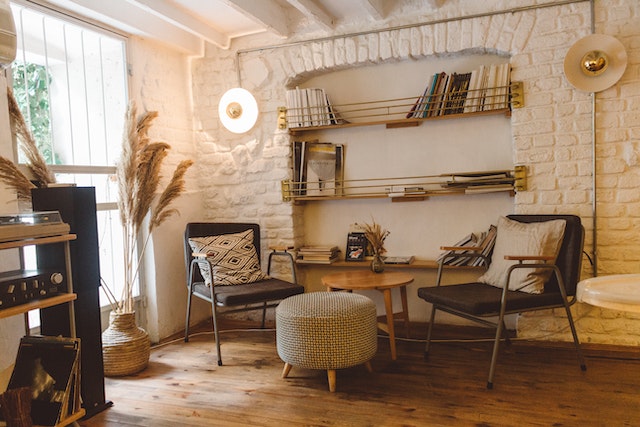How energy efficient is your home? Most US homes aren’t so energy efficient, and homeowners can be looking at increased costs around the house to ensure everything is working as it should be. Annually this can be costing up to 30% more than energy-efficient homes.
While newer homes are built to more precise energy-efficient goals, older homes might not have had that luxury. But that doesn’t mean you can improve your home’s energy efficiency and reduce your bills while enhancing your quality of life. Read on to learn more.
Add Siding
Siding is a cover for the external walls of your home, and oden correctly can improve and change the look and feel of your home on the outside. Siding can be made from a range of different materials in different styles to give your home a fresh new look. Not only this, by adding an external covering to your walls, but you can also lock in heat and improve how energy efficient your home is instant. Vinyl siding is often considered the most energy efficient, and while the savings you make won’t be too significant, it can play a part in home changes and help you to increase efficiency.
New Windows and Doors
Older-style windows and doors can be a significant source of heat loss. Air Leaks and inefficient windows and doors can lose you up to 30% of your heating and cooling energy which can add up over time. Look for cracks in the frames or windows that rattle to address these issues, or invest in more energy-efficient home windows to help you to reduce this problem and make your home safer and warmer while lowering energy bills at the same time. For increased savings, you need to be looking at double or triple-glazing options.
Suppose your doors are instrumental in letting heat escape from a room when closed or seep outdoors from damaged exterior doors. In that case, you need to rectify this by updating doors to more efficient and better ones, or you need to fill any gaps with caulk and invest in products that help you to reduce air escaping from under doors. The same can be said for internal and external doors too.
Insulation
There are multiple ways you can increase inspiration. The EPA suggests that you can save around 11% on your energy usage by increasing insulation in your home. You can add in floor insulation; poorly insulated floors can lose up to 10% in energy, cavity walls insulation, loft insulation, and external wall insulation. All of these options will go a long way in reducing energy loss, helping you regulate your home temperatures, and helping you to save on your energy costs.
Good insulation material needs to fill the space they are being used in, so it’s important to consult professionals to help you ensure this is put in place correctly, especially if you’re using spray foam insulation, or you can end up doing more damage than good.
Go Solar
Solar panels on your roof can be a great way of generating your own electricity and reducing your reliance on the network in your area. It can also help you to reduce your energy bills too. It is estimated the average home setup can reduce your energy bill by just over $1,300 per year and anywhere from $20,000 to $90,000 over the lifetime of solar panels depending on your location, the amount of dun you get, and how many panels you have installed.
LED Light Bulbs
Led light bulbs are the most efficient lighting options on the market now and can be instrumental in reducing your energy bills and making your home more energy efficient. On average, you can save around $200 per year per bulb, and for blogger homes, this can be a significant saving. Old-style bulbs can increase energy consumption when in use and need replacing more frequently, so making the change to LED bulbs can save you more money in the long term. Plus, you don’t need to compromise on lighting quality as you did with energy-efficient lighting of the past.
Conclusion
Paying attention to your home as a whale and looking at the bigger picture can help you not make the necessary changes to improve how energy efficient your home is and reduce your bills simultaneously. There are many cost-effective options available to homeowners alongside more costly fixes. Still, all these options and more should be considered to help you make the right changes for a more energy-efficient home.










